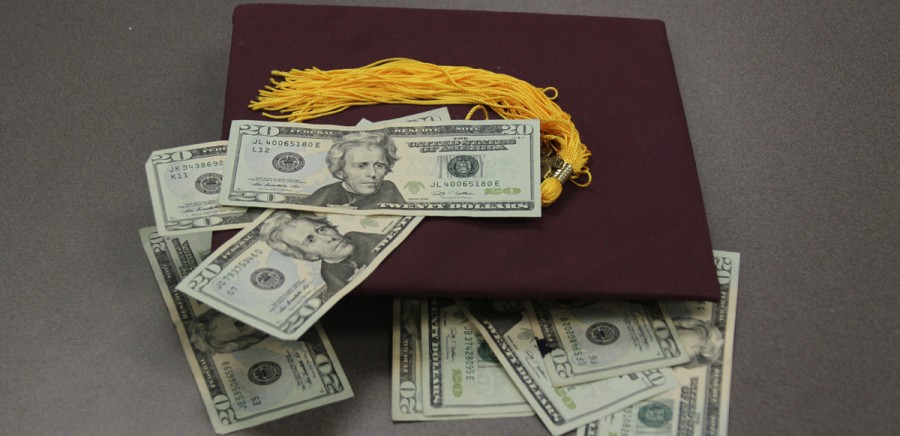One of the most dreaded experiences of starting a new semester is waiting in the notoriously long, tedious line at the financial aid office.
According to Patricia Hurley, the associate dean and financial aid director, the long line outside of the office is largely due to procrastination, as students wait until the very last minute to apply for financial aid.
As a result, not only do they have to suffer through a seemingly endless queue, but many have to initially pay for their class fees themselves. It takes four to six weeks before FAFSA can refund them once their applications are turned in.
To avoid the wait and costs, Hurley suggests that students should apply a semester prior to the term they are seeking financial aid for.
The financial aid process begins with FAFSA, a free application for federal student aid that offers a variety of programs and BOGs for both full-time and part-time students. Students must reapply every year that they are a student.
“A BOG, whether it is A, B or C covers the enrollment fee, which is the $46 per unit for however many units the student registers for,” said Hurley.
If a student, for example, qualifies for BOG A, they not only receive money to cover their unit costs, but also 50 percent off of parking and health fees.
Students with BOG B only get their enrollment fee covered. Although students who qualify for BOG B do not have to file a FAFSA application, Hurley encourages them to do so.
“Otherwise, the only thing you are applying for is the fee waiver,” she said.
Students who receive BOG B may also be eligible for BOG C and can also qualify for EOPS.
EOPS is a state funded program for low-income students that offers additional financial and educational support, including priority registration, tutoring, counseling, and book vouchers.
“We usually help out new students,” said Angel Maraveles, a student worker at the EOPS office. “That’s our primary focus.”
In order to qualify for EOPS, a student must either be qualified for BOG A or BOG B, have completed no more than 45 degree applicable units, and register in 12 or more units per semester. They must also have completed both the math and English/ESL assessment tests.
“Once you pass 45 units, we take you as a student who has already accomplished the program,” said Maraveles.
Students who complete the EOPS program participate in a small graduation ceremony after completion.
There are many factors to take into consideration when filing for FAFSA. It is not just about income but also assets, how many members there are in a family, and how many of these members attend college.
“It’s a complicated economical formula,” said Hurley.
However, many middle-income families are qualified for financial aid.
The Pell Grant is another form of financial aid that is available to students through the FAFSA application. The grant offers low-income undergraduate and sometimes graduate students money to cover their higher education costs. Unlike a student loan, it does not have to be repaid.
However, the Pell Grant is limited to six years or 12 semesters of being a full-time student. Hurley explained that some students make the mistake of using up their Pell Grant at GCC, leaving them to fend for themselves once they transfer. Fortunately, students that attend certain institutions like USC may qualify for large grants specific to their schools.
Two common reasons why students use up their Pell Grant at GCC is that they take classes they do not need or change their majors. Therefore, Hurley suggests speaking to a counselor before enrolling in any classes.
“The whole point of college is to get you to your destination, whether to get a job or to transfer,” she said. “Community college is not a stopping point.”
During the 16 years that Hurley has worked at GCC, she has seen the number of financial aid applicants double. She attributes it to increased awareness among students regarding the benefits of financial aid and higher enrollment. There are also more criteria to financial aid now than there was sixteen years ago.
Students who would like to learn more about financial aid offers available to them should drop in at the financial aid office or make appointments with the advisers.


